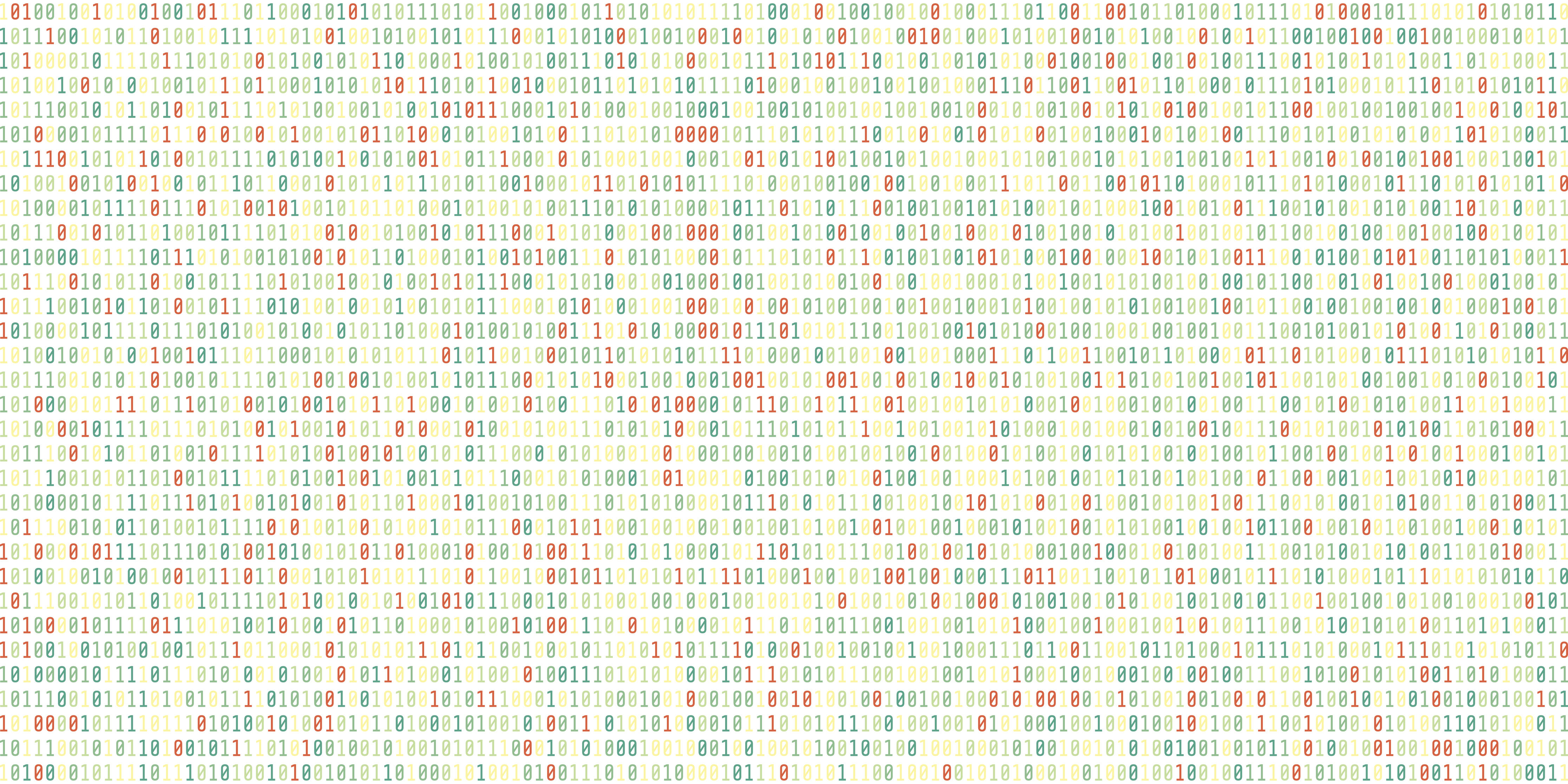Send With Confidence
Partner with the email service trusted by developers and marketers for time-savings, scalability, and delivery expertise.


Time to read: 3 minutes
 Diagram of how the adapter layer relates to other components of the application[/caption]
Diagram of how the adapter layer relates to other components of the application[/caption]
Partner with the email service trusted by developers and marketers for time-savings, scalability, and delivery expertise.
| // Convert 3 input values into an ISO duration string | |
| const toApiSendTiming = message => { | |
| if (!message.delayType) return ''; | |
| if (message.delayType === 'instant') return 'PT0S'; | |
| return `P${message.delayAmount}${message.delayUnit === 'hour' ? 'H' : 'D'}`; | |
| }; | |
| // API wants a nested, complicated object | |
| export const toApi = uiObj => ({ | |
| steps: uiObj.messages.map(message => ({ | |
| send_timing: toApiSendTiming(message), | |
| substep: { | |
| template_id: message.templateId, | |
| subject: message.subject, | |
| sender_id: message.senderId, | |
| }, | |
| }), | |
| name: uiObj.name, | |
| }); | |
| // Convert an ISO duration string into 3 input field values | |
| const fromApiSendTiming = isoDuration => ({ | |
| delayAmount: getDelayAmount(isoDuration), | |
| delayType: getDelayType(isoDuration), | |
| delayUnit: getDelayUnit(isoDuration), | |
| }); | |
| // Make a nice flat object from the nested API response | |
| export const fromApi = apiObj => ({ | |
| messages: apiObj.steps.map(step => { | |
| ...fromApiSendTiming(step.send_timing), | |
| templateId: step.substep.template_id, | |
| subject: step.substep.subject, | |
| senderId: step.substep.sender_id, | |
| }), | |
| name: apiObj.name, | |
| }); |
| import { toApi, fromApi } from 'adapters/campaign'; | |
| const createCampaign = (inCampaign: Campaign): Promise<Campaign> => | |
| fetch('/v3/campaigns', { | |
| method: 'get', | |
| body: JSON.stringify(toApi(inCampaign)), | |
| }) | |
| .then((resp) => resp.json()) | |
| .then((outCampaign) => fromApi(outCampaign)); |